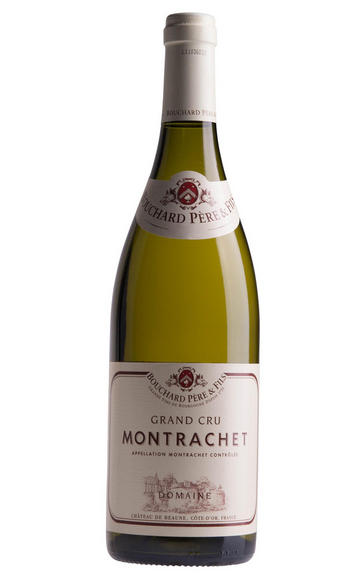
2011 Montrachet, Grand Cru, Domaine Bouchard Père & Fils, Burgundy
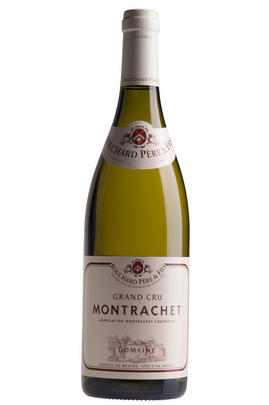
About this WINE
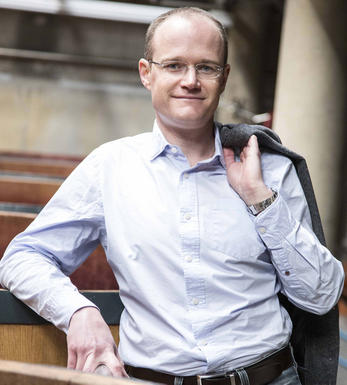
Bouchard Pere et Fils
The Burgundian wine domaine of Bouchard Pére et Fils can trace its origins back to 1731 though it is no longer family owned. In 1995 the Champagne house, Joseph Henriot, acquired the company and quality has risen as a consequence.
Today Bouchard is led by Stéphane Follin Arbelet while the wines are made by Philippe Prost who has been with the company since 1978. An impressive gravity-flow winery on the Route de Savigny, the Cuvérie St Vincent, was completed in 2005, enabling them, to process all their wines with optimum efficiency.
Bouchard’s total holdings comprise 130 hectares, including 12ha of grand crus and 74ha of premier crus, which makes them the largest vineyard owners in the Côte d’Or (Côte de Nuits and Côte de Beaune).
Bouchard have good holdings in the village of Monthélie, which lies just beyond Volnay and looks down over Meursault. The village is best known for its red wines, a little firmer in structure than Volnay and of particular interest in perfect summers when the grapes can ripen fully.
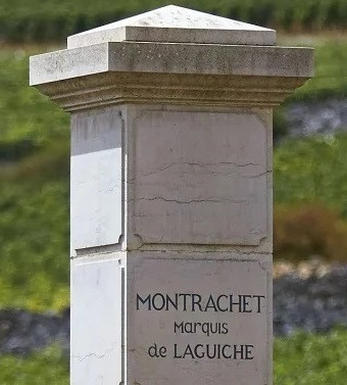
Le Montrachet
Le Montrachet hails from the Burgundy region of France, specifically from the villages of Puligny-Montrachet and Chassagne-Montrachet in the Côte de Beaune subregion. This wine is produced in the vineyards surrounding Montrachet Hill, which is famed for its limestone-rich soils and ideal microclimate for producing top-quality Chardonnay.
Le Montrachet wines are known for their complexity, depth, and nuance. They often exhibit a wide range of aromas and flavours, which can include notes of citrus, stone fruits, tropical fruits, honey, butter, minerals, and sometimes even hints of hazelnut or toast. These wines tend to be full-bodied with a rich, creamy texture on the palate and are often complemented by vibrant acidity, which provides balance and freshness to the wine.
Le Montrachet wines have exceptional ageing potential. While they can be enjoyable when young, they truly shine with age, developing even more complexity and depth over time. Well-made examples can easily age for decades, evolving into truly extraordinary wines with patience and proper storage.
The concept of terroir, which refers to the unique combination of soil, climate, and vineyard location, is paramount in Burgundy winemaking, and Le Montrachet is a prime example of terroir expression. The wines reflect the specific characteristics of Montrachet Hill and its surrounding vineyards, showcasing the influence of the limestone soils and the region's mesoclimate.
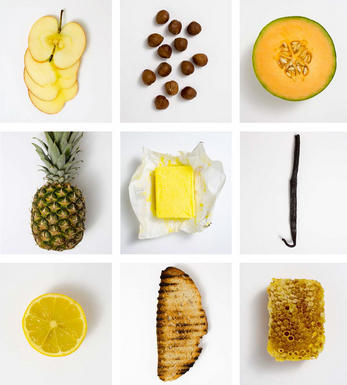
Chardonnay
Chardonnay is often seen as the king of white wine grapes and one of the most widely planted in the world It is suited to a wide variety of soils, though it excels in soils with a high limestone content as found in Champagne, Chablis, and the Côte D`Or.
Burgundy is Chardonnay's spiritual home and the best White Burgundies are dry, rich, honeyed wines with marvellous poise, elegance and balance. They are unquestionably the finest dry white wines in the world. Chardonnay plays a crucial role in the Champagne blend, providing structure and finesse, and is the sole grape in Blanc de Blancs.
It is quantitatively important in California and Australia, is widely planted in Chile and South Africa, and is the second most widely planted grape in New Zealand. In warm climates Chardonnay has a tendency to develop very high sugar levels during the final stages of ripening and this can occur at the expense of acidity. Late picking is a common problem and can result in blowsy and flabby wines that lack structure and definition.
Recently in the New World, we have seen a move towards more elegant, better- balanced and less oak-driven Chardonnays, and this is to be welcomed.


Buying options
Add to wishlist
Description
Rich and powerful, in perfect balance, there is currently too much weight on offer to show all of the detail. This is really fabulous though, with a huge rich mouthful, proper definition and a wealth of fruit. Wave after wave of flavour immerse the palate with even more density than usual. Drink 2018-2028.
Jasper Morris MW, Berrys' Burgundy Director Bouchard picked from 29th August to 10th September in 2011 and Philippe Prost, his head winemaker, thinks that there is a clear stylistic difference in 2011 between the up slope wines which are in a modern, fruit forward style, and the denser, more structured lower slope bottlings. Either way, the key was to avoid green tannins and to limit new oak: 20-25% for lesser Premier Crus, 30-50% for senior versions and a maximum 65% for Grand Cru of either colour.
wine at a glance
Delivery and quality guarantee